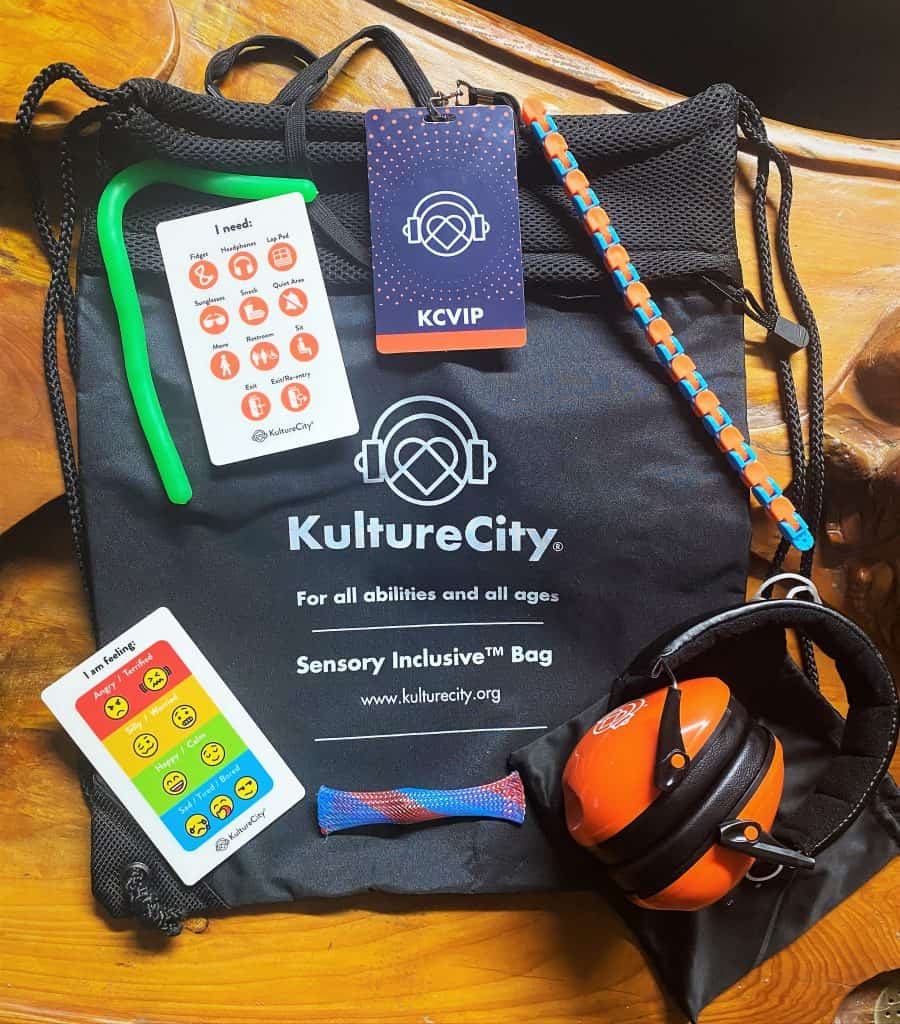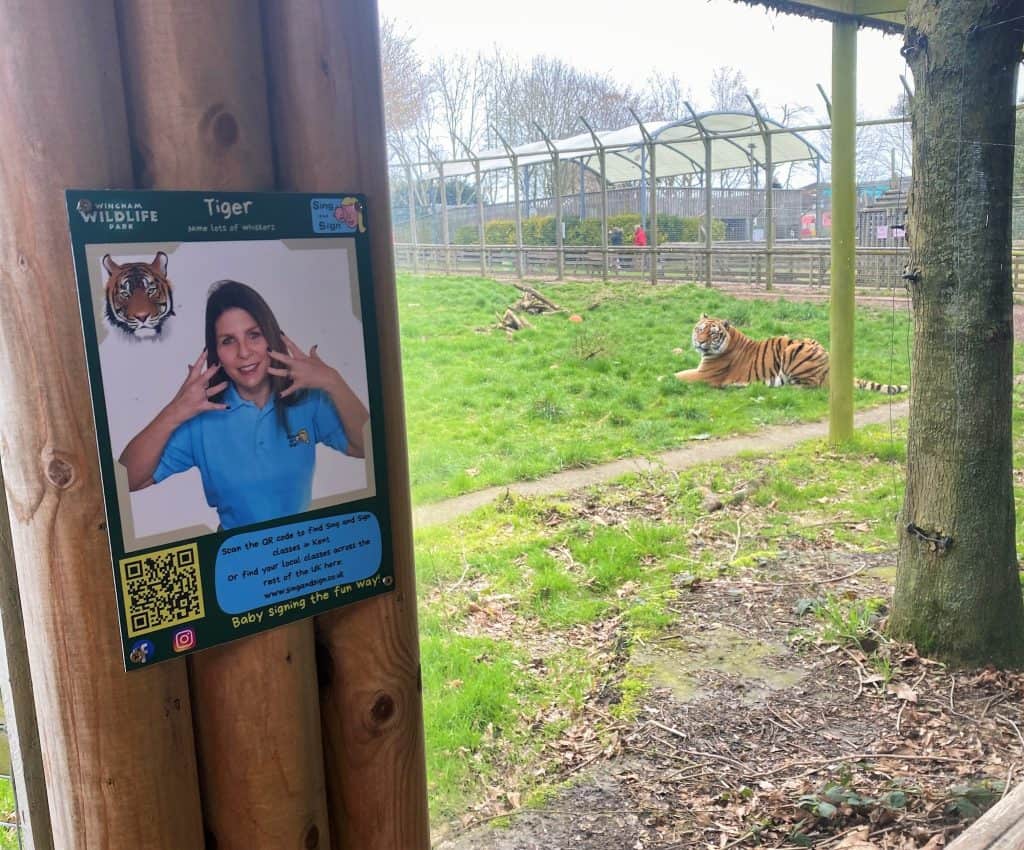April is World Autism Awareness Month. This week the condition is being highlighted by the British and Irish Association of Zoos and Aquariums (BIAZA). So, I thought we could investigate how the animal world is intertwined with Autism.
What is Autism?
Autism is a lifelong developmental disability which affects how people communicate and interact with the world. More than one in 100 people are on the autism spectrum. Whilst, there are around 700,000 autistic adults and children in the UK.
Autism is a spectrum condition and where all autistic people share certain difficulties. However, they will be affected in different ways. They may struggle with some of the following traits.
- extreme anxiety
- repetitive behaviour
- highly focused interests
- social communication
- over or under sensitivity to touch, light or sound.
The term Asperger’s Syndrome is also used when talking about autism with people once thinking they were two different conditions. Many people who fit the profile for Asperger’s Syndrome are now being diagnosed with Autistic Spectrum Disorder (ASD) instead. Each person is different, and it is up to everyone how they choose to identify. Some people with a diagnosis of Asperger’s Syndrome may choose to keep using the term. Meanwhile, others may prefer to refer to themselves as autistic or on the autistic spectrum.
Can animals have Autism?
The increase in attention to ASD in the human world has led to questions about autism in the animal world: can animals have autism, too? If so, how is it similar or different than the human version of the autism spectrum disorder?
Dogs
Some animals do display autistic-like traits, such as a tendency toward repetitive behaviour or atypical social habits. Most studies have been done on dogs. Where they may show autistic traits, it has been called canine dysfunctional behaviour (CDB). Researchers believe that canine dysfunctional behaviour is an idiopathic condition, meaning that the cause is unknown. It appears to be congenital, so a dog is born with it, the same as humans. Studies suggest that dogs with this disorder lack certain neurons in their brain that are thought to help them learn social norms.
These neurons are called “mirror” neurons, as they help puppies and young dogs mirror the behaviours of older dogs in social situations. Without mirror neurons, a dog is unable to develop these social skills, like humans with ASD. The most documented research is a link between autism and repetitive tail-chasing in Bull Terriers. Experts have likened the repetitive spinning to that which is sometimes seen in children with autism. A 2015 study showed that out of 132 Bull Terriers, 77 were non tail-chasing and 55 chased tails regularly. The tail chasers showed that it was also associated with trance-like behaviours (sometimes seen in autistic people if in a threatened situation) and occasional aggressive behaviours. These repetitive behaviours as well as the phobia tendencies led researchers to conclude that this tail-chasing behaviour could represent a form of autism spectrum disorder in dogs.
Primates
Although, there is little other research into how autism affects different species, I was able to find one experiment that found genetic factors contribute to the autistic behaviours in monkeys. Researchers studied the correlation between sociability and adaptability of Macaque monkeys and their mirror neuron function. In layman’s terms, they devised a simple card game where the primates had to match the picture cards by their numbers, colours, or shapes. Like human autism, the researchers found that affected monkeys could not adapt to the rule changes shown by other monkeys. Plus they displayed reduced socially affiliative behaviours among the population.
How can animals help with autism at home?
Much research has shown the use of a therapy animal can be massively beneficial to autistic children’s social and emotional development. Companion pets for an autistic child can have an incredibly calming influence . Even stroking an animal for 15 minutes can lower blood pressure by 15%.
There are many benefits of pet therapy for helping with autism such as:
- Helping to reduce stress and anxiety.
- Improving social skills as children feel more relaxed around their pet.
- Assists with language development and communication skills as the child plays, speaks and communicates with the pet.
- Encouraging independence as the child could feel more comfortable going into new places with their animal.
- Providing routine, stability, and security, which is great for people with ASD who thrive in a routine-led environment.
- Giving children a sense of responsibility and pride.
Therapy dogs
When you hear the term ‘therapy or assistance animal’ your mind will probably automatically go straight to dogs and for good reason! They are easily trained, loyal and very intelligent.
Dogs are incredible, they can be trained for almost anything; guide dogs for the visually impaired, hearing dogs, dogs that can detect epilepsy, those that track lost people in an avalanche up a mountain, the list goes on but not everyone is aware of just how much help a dog can be to someone with autism.
They can be trained to apply weighted pressure which can calm autistic children during an overload. They can also be trained to use their paws and body as a blocker to prevent someone from hurting themselves, the act of licking is also known to be a calming influence during moments of severe upset. Dogs don’t speak our language either, which means they’re great for kids who communicate non-verbally. They will find other ways to interact, creating a strong, unique bond.
Other therapy animals
Although, dogs aren’t suited to everyone. They can be a bit overwhelming, noisy, and smelly so there are some other companion animals that work well in assisting those with ASD. Cats can suit children who find dogs a bit intimidating or for those who enjoy lots of personal space. Rats may not be everyone’s first choice of pet but their high levels of intelligence and willingness to interact with humans is important in developing social traits. Guinea pigs are also very calming as well as gentle and low maintenance; it has been proven that children with pet guineas often are much calmer with better social skills.
What is WWP doing to help?
Very recently Wingham Wildlife Park have reached out to people with sensory needs such as autism to make their visit to the park a much more comfortable and inclusive experience. The zoo can be very overwhelming to many people. But when you consider the amount of different and novel smells and sounds, its unsurprising that people with sensory issues may struggle.

We’ve partnered with KultureCity to provide sensory bags to anybody who may need them and they’re completely free of charge! They contain items such as noise cancelling headphones (for when walking through noisy areas such as the Chimpanzee House or the parrot block), fidget toys for keeping anxious hands busy and flash cards which can help when communicating with family, friends, members of staff and the public.

We have also installed posters around some of our enclosures. These show how to sign that animal in Makaton. Makaton is a type of sign language often used with nonverbal people or younger children as well as some with ASD. Not only will this help those that need it, but it can also be used as an education tool and potentially build bridges between those that may struggle to communicate and those that know a few Makaton signs.

I hope this has given a brief insight into the world of autism connected with the animal kingdom. I’m still learning a lot about the condition myself and hope I have used the correct terminology. Apologies if not and please let me know if anything is inaccurate. I look forward to seeing some of you practising your signing around the park (chimpanzee is my personal favourite).


